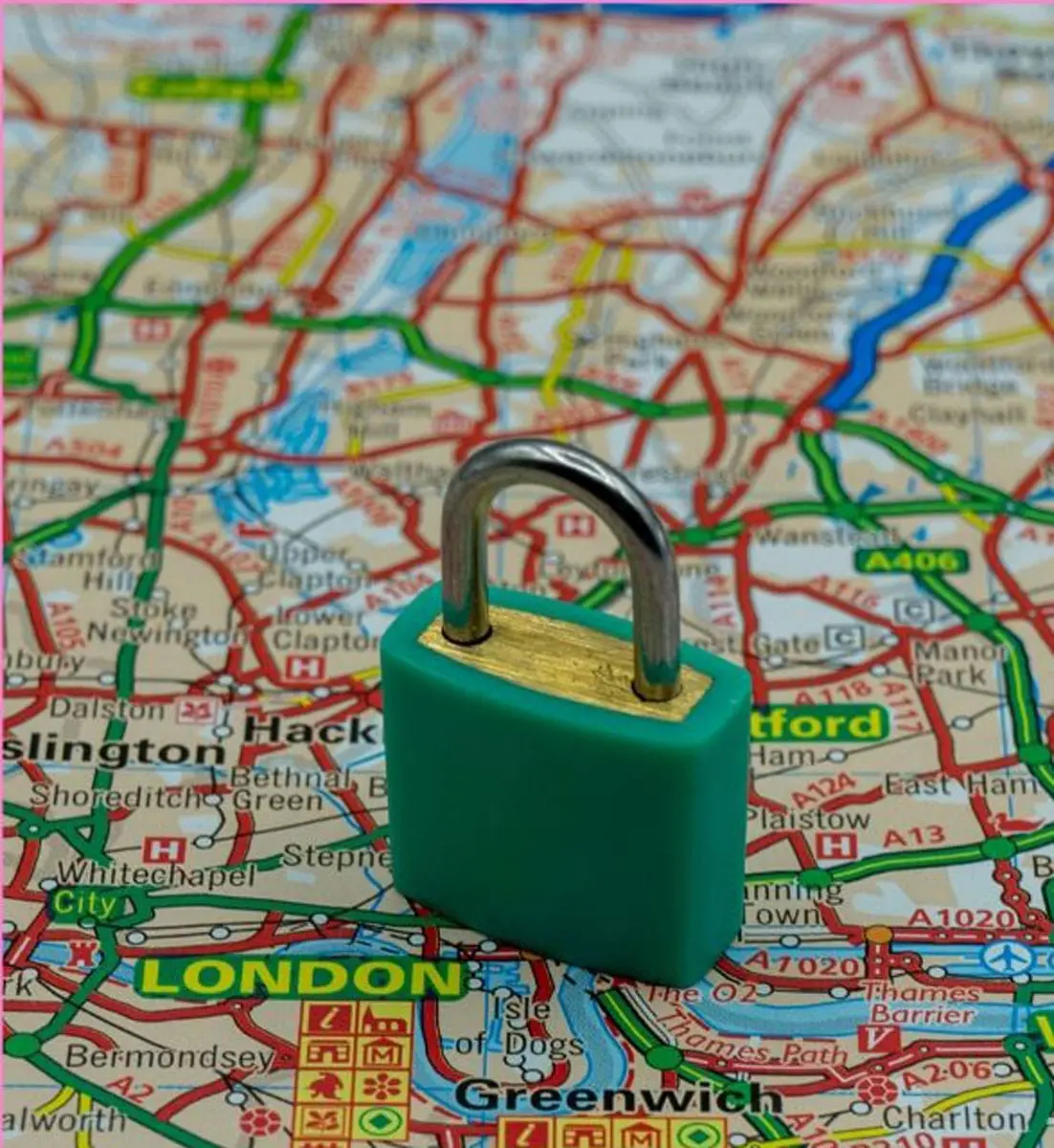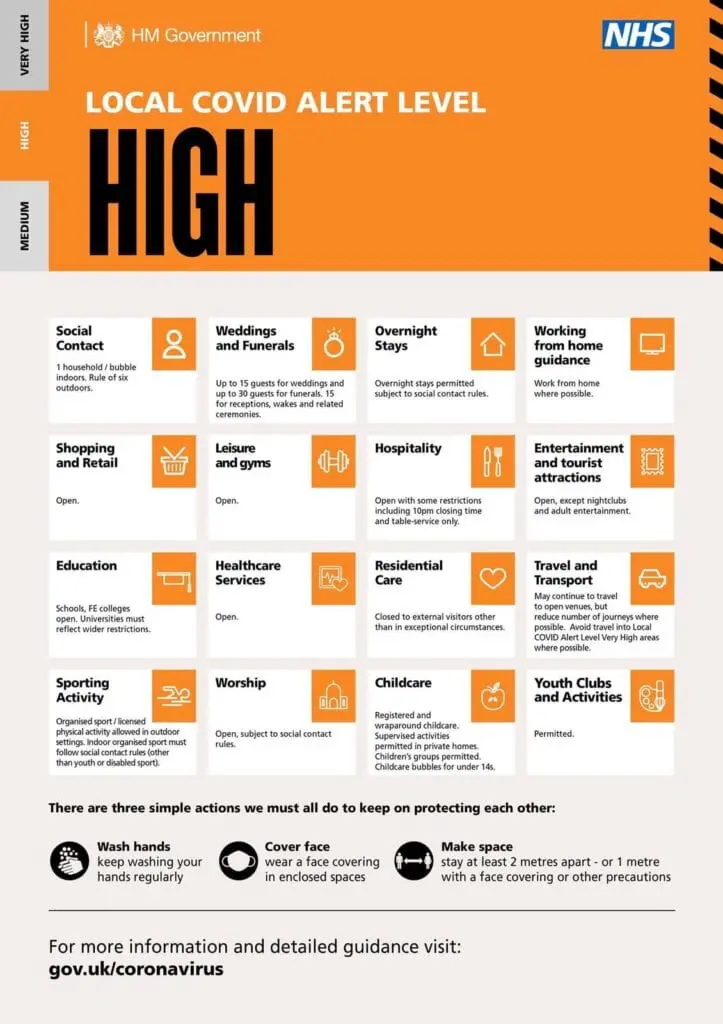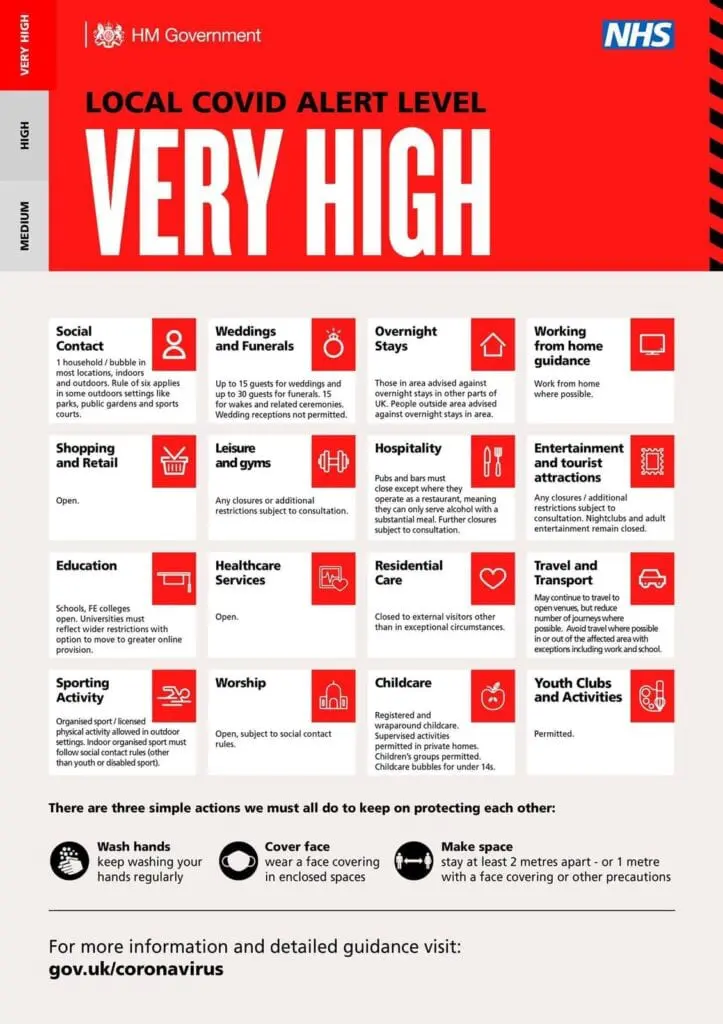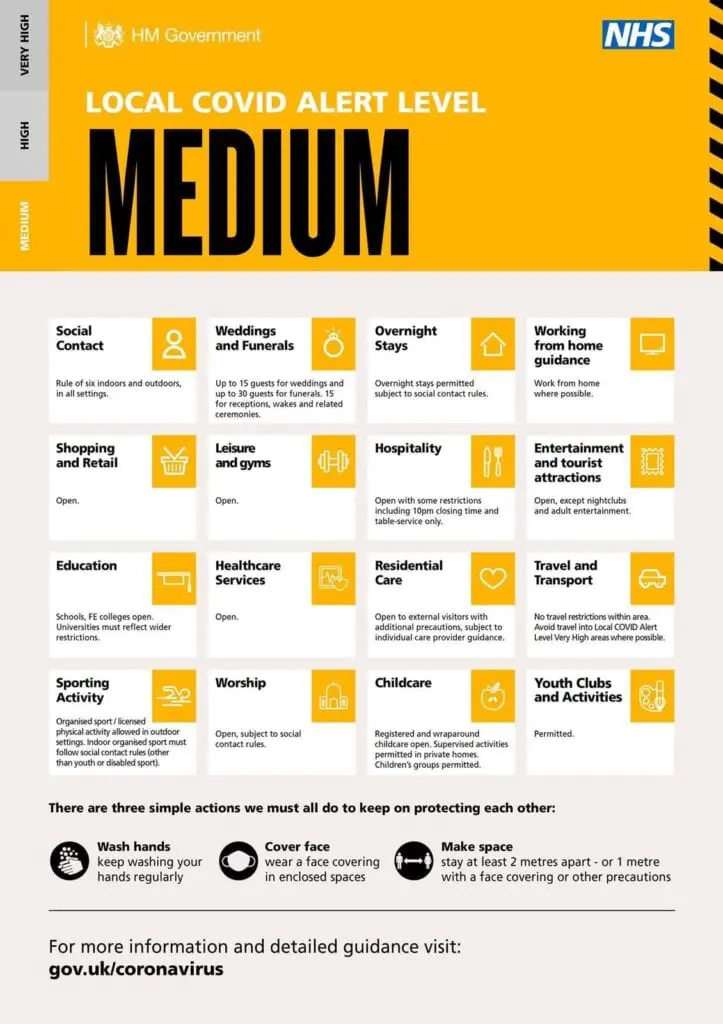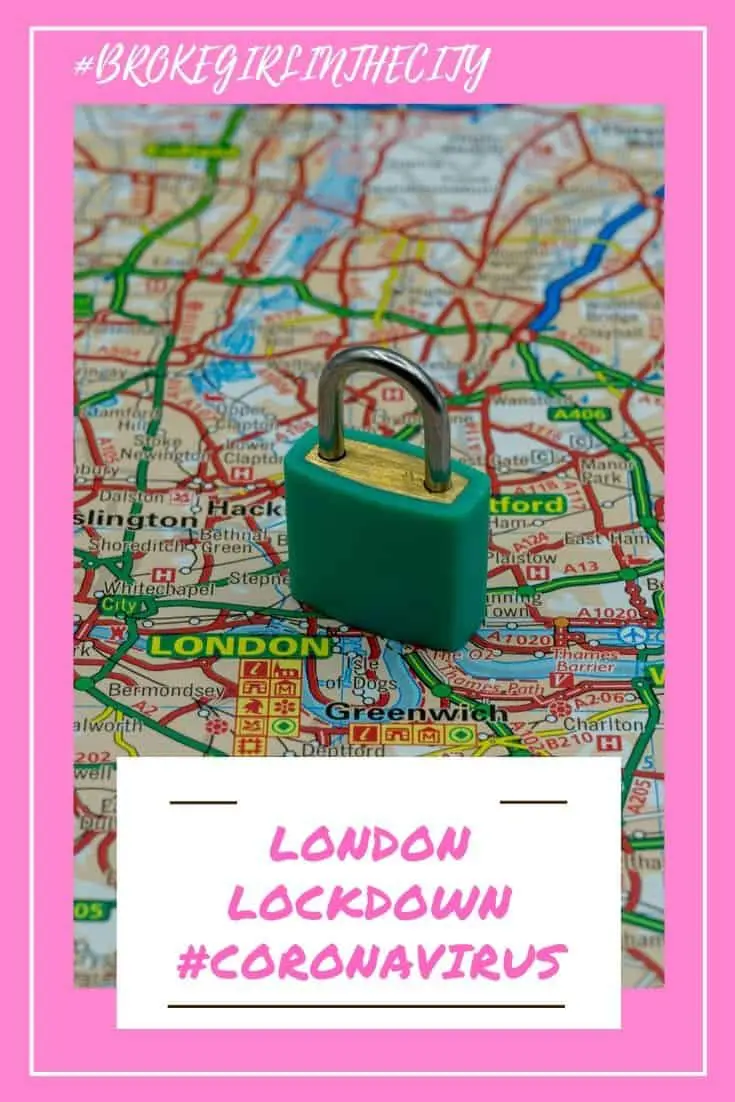
New lockdown rules for London
The new lockdown rules for London was imminent. You only had to look on Twitter or the news circulating to see that infection rates were climbing back up and spiking in areas around the city. It was only a matter of time before new rules were announced for another new way of lockdown life. Essex, you haven’t escaped this – you are going to be locked down with us in London.
London moves to Tier 2
With the announcement of the three tiers this week by Boris Johnson. London soon slid into the middle tier, sparking alarm amongst some people and also a nonchalance amongst others. I feel Dua Lipa has encapsulated 2020 with her song title, “New Rules.” It’s difficult to keep up, and hardly any of it makes sense anymore.
Moving to a high alert, means that we will all be banned from meeting other people, whether in your home or in a pub or restaurant. So, you can’t mix with anyone from another household, yet millions of people have to go to work, school, and travel.
New Rules from midnight Friday:
- You can meet outside in private gardens and outdoor spaces provided they follow the “rule of six”
- You can’t meet anyone from another household in their own home
yet…
- Kids can still go to school
- You can still go to work, although if you can work from home
- You can still travel by bus, underground, overground
What do we think will happen?
You only have to go on the tubes in the morning or evening to see that whilst many people are wearing masks – there are others who aren’t I totally appreciate that not everyone can wear one and are exempt, but even I wear a light mask with severe asthma. I have got off the tube a number of times when travelling home in the evening now, as merry Londoners stagger on to the tube, after leaving packed out bars around the city to go home with the newly imposed 10pm curfew. I watched so many groups of people out and about in groups, which may be contrary to what is being told in the press. City bars may be a wasteland, with so many people working from home. However, there are still so many people who will be out and about this weekend, despite these new rules being announced this week.
What advice is given to those who shielded?
Around 2.5 million people across the UK have been identified as being clinically extremely vulnerable and advised to shield. People like me are at risk of severe illness if they contract COVID-19, so we have been advised to shield until 1 August. Since we came out of what felt like solitary confinement, we have since been told we now just have to take extra precautions. No idea what these are mind you, but as long as we are careful, we should all be fine now.
Let me know your thoughts below…
Staying safe outside your home:
This guidance sets out the principles you should follow to ensure that time spent with others outside your homes is as safe as possible (unless you are clinically vulnerable or extremely vulnerable in which case you should follow separate advice on GOV.UK. It is your responsibility to adopt these principles wherever possible. The Government is also using these principles as the basis of discussions with businesses, unions, local government and many other stakeholders to agree how they should apply in different settings to make them safer. All of us, as customers, visitors, employees or employers, need to make changes to lower the risk of transmission of the virus. The Government has consulted with its scientific advisers to establish the principles that will determine these changes.
Keep your distance from people outside your household, recognising this will not always be possible. The risk of infection increases the closer you are to another person with the virus and the amount of time you spend in close contact: you are very unlikely to be infected if you walk past another person in the street. Public Health England recommends trying to keep 2m away from people as a precaution. However, this is not a rule and the science is complex. The key thing is to not be too close to people for more than a short amount of time, as much as you can.
Keep your hands and face as clean as possible. Wash your hands often using soap and water, and dry them thoroughly. Use sanitiser where available outside your home, especially as you enter a building and after you have had contact with surfaces. Avoid touching your face.
Work from home if you can. Many people can do most or all of their work from home, with the proper equipment and adjustments. Your employer should support you to find reasonable adjustments to do this. However, not all jobs can be done from home. If your workplace is open and you cannot work from home, you can travel to work.
Avoid being face to face with people if they are outside your household. You are at higher risk of being directly exposed to respiratory droplets released by someone talking or coughing when you are within 2m of someone and have face-to-face contact with them. You can lower the risk of infection if you stay side-to-side rather than facing people.
Wash your clothes regularly. There is some evidence that the virus can stay on fabrics for a few days, although usually, it is shorter, so if you are working with people outside your household wash your clothes regularly. Changing clothes in workplaces should only normally be considered where there is a high risk of infection or there are highly vulnerable people, such as in a care home. If you need to change your clothes avoid crowding into a changing room.
Keep indoor places well ventilated. Evidence suggests that the virus is less likely to be passed on in well-ventilated buildings and outdoors. In good weather, try to leave windows and doors open in places where people from different households come into contact – or move activity outdoors if you can. Use external extractor fans to keep spaces well ventilated and make sure that ventilation systems are set to maximise the fresh air flow rate. Heating and cooling systems can be used at their normal temperature settings.
If you can, wear a face-covering in an enclosed space where social distancing isn’t possible and where you will come into contact with people you do not normally meet. This is most relevant for short periods indoors in crowded areas, for example on public transport or in some shops. The evidence suggests that wearing a face-covering does not protect you, but it may protect others if you are infected but have not developed symptoms.
You can make face coverings at home; the key thing is it should cover your mouth and nose. You can find guidance on how to do this on GOV.UK.
You should follow the advice given to you by your employer when at work. Employers have a duty to assess and manage risks to your safety in the workplace. The Government has issued guidance to help them do this. This includes how to make adjustments to your workplace to help you maintain social distance. It also includes guidance on hygiene as evidence suggests that the virus can exist for up to 72 hours on surfaces. Frequent cleaning is therefore particularly important for communal surfaces like door handles or lift buttons and communal areas like bathrooms, kitchens and tea points. You can see the guidance on GOV.UK and can ask your employer if you have questions.
